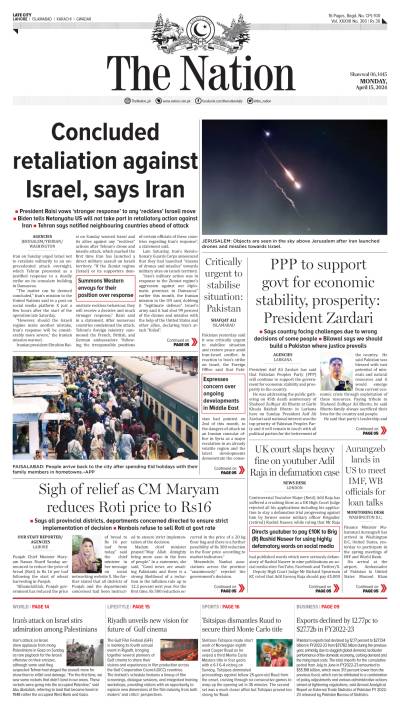My grandfather was a civil servant his entire career, but he loved poetry. English, Urdu, Persian—he knew his poetry inside out, a lifelong love. At some point, after he retired from the Railways, he wrote a textbook, a guide to Persian poetry for college students. It was a slim volume, printed by a small press in Karachi. We have a few copies of it and presumably people bought it but it has been out of print for years. But surprise of all surprises—recently a cousin found a copy of it on Amazon! We’re thrilled that our beloved grandfather’s little book is still out there in the world, perambulating in bookstores, and now a copy has made its way to a city in Canada, into the hands of the author’s family. How delightful is that?
Fast forward a few weeks after this serendipitous discovery to the terrible crash of PK 616. Amongst the people lost was Junaid Jamshed, and the internet erupted in memories. Interestingly, nearly all of the photos shared of the man were the ones from his Vital Signs days, the days of his utterly charming, pop star days. All the personal narratives were about the music he made with his band, the way their songs and Jamshed’s voice was the soundtrack of an entire generation’s life. The man is gone, and in spite of all the problematic views he espoused after his religious awakening, in spite of all the ways he became alien to so many—his music is the thing that lives on. Nobody will forget Junaid Jamshed as long as children sing ‘Dil Dil Pakistan’ at school assemblies, people sing “Sanwali Saloni” with a dholak at mehendis and all the thirty and forty-somethings hum “Aitebar” to themselves when they’re in an introspective mood. The naats will speak for themselves too. Who can ever hear ‘Tajdar-e-Haram’ and not think of Amjad Sabri?
This is the power of Art, with a capital A—the music, paintings, photographs, books. The beautiful buildings, the landscaped gardens, the dance, the poetry. How a saxophone is Louis Armstrong, Lawrence Gardens the whim of the Lawrence brothers John and Henry, long dead but still alive under the diverse trees. Art speaks to us in a language that endures over time and space, the voice of buildings built, paintings made, books written. Why do cave paintings fascinate us, why have we been so determined to decipher hieroglyphics? Because art is what creates meaning from this strange, mad and bad world. We want to know what people before us saw and felt and understood, so that when it resonates inside us we find answers. The beast is tamed. Perhaps there isn’t much more to life than this: to make more art.
Not everyone can be the best, most genius artistic and creative person. But what we can do is include more art in our lives and curriculums, to foster on whatever level possible a sense of it. We can play more music, plant trees, conserve our architecture. We can let our children learn to draw, learn to sing, let them dance. There is a freedom in art that we need now more than ever, a private oasis of delight that has nothing to do with anyone else, with the privations and violence of the Real World. So many parents think these things aren’t real subjects, they are a waste of time and money, but that is also why we are more impatient, more money-driven, more materialistic: because art humanises us, draws us back down to something essential and instinctive in us. Art is eros, not thanatos; the impulse is to create. The impulse is to make something beautiful, to take a moment, a sensation, an idea and make it real, give it shape, to hold it in a metaphorical amber. In a way, art is the fossil of the intangible. We read literature as a mirror to history and culture of a certain time, but also in relation to the author’s life, politics, ideas. Manto is so important to so many South Asians because he is a witness to history, he articulates the experience, traumatic and horrific, of hundreds of thousands of people in words most of them didn’t and still don’t have. Ghalib, Iqbal, Faiz; how much of our experiences are shaped and explained and beautified by the right couplet?
The world is a difficult and destructive place, but there is also beauty. We underrate beauty, the impact and value it has on human beings. So much of our lives are frittered away by the mundane, but don’t forget to try and make something beautiful of life too. To create the things you know how, be it the music or pictures or babies. Make something beautiful of your life, something that is joyous and free, something that fulfills those impulses of your heart. Leave something behind that changes the world, even a little bit. And like Junaid Jamshed’s songs, like my nana’s book, somewhere, somehow, art will find its way home.
The writer is a feminist based in Lahore.
m.malikhussain@gmail.com





